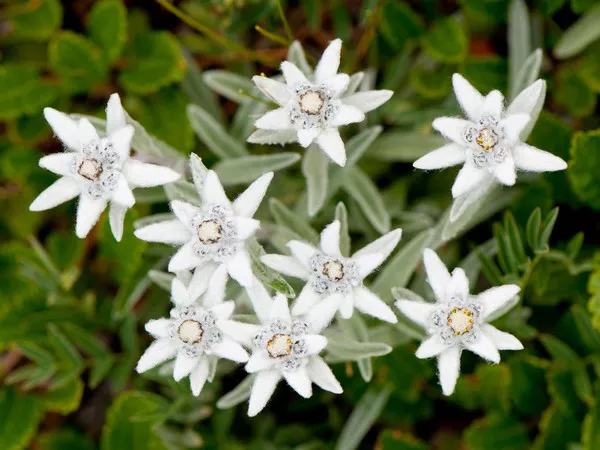Flowers are a beautiful addition to any home, but cat owners must be careful when selecting which flowers to display. Many flowers can be toxic to cats and can cause serious health problems if ingested. However, there are plenty of non-toxic flowers that cat owners can enjoy without worry.
The Importance of Knowing Which Flowers are Toxic to Cats
As a cat owner, it’s crucial to know which flowers are toxic to cats to prevent accidental ingestion. Common symptoms of flower toxicity in cats include vomiting, diarrhea, lethargy, and even seizures. In severe cases, flower toxicity can be fatal. By knowing which flowers are safe for cats, you can enjoy the beauty of nature without putting your furry friend at risk.
Flowers that Aren’t Toxic to Cats
Below are some examples of flowers that are safe for cats:
African Violet (Saintpaulia)
African violets are popular indoor plants that produce clusters of purple, blue, or white flowers. They prefer indirect sunlight and thrive in well-draining soil. African violets are safe for cats to be around and won’t cause harm if ingested.
Boston Fern (Nephrolepis exaltata)
Boston ferns are easy-to-care-for houseplants that have soft, frilly leaves. They prefer bright, indirect light and moderately moist soil. Boston ferns are non-toxic to cats and can make a lovely addition to any home.
Calendula (Calendula officinalis)
Calendula, also known as pot marigold, produces bright yellow or orange flowers that bloom from spring to fall. They prefer full sun and well-draining soil. Calendula is safe for cats and is sometimes used in herbal remedies for its anti-inflammatory properties.
Rose (Rosa spp.)
Roses are classic flowers that come in a range of colors and fragrances. They prefer full sun and well-draining soil. While rose thorns can be a hazard to cats, the flowers themselves are non-toxic and safe for cats to be around.
Spider Plant (Chlorophytum comosum)
Spider plants are low-maintenance houseplants that have long, narrow leaves with white stripes. They prefer bright, indirect light and well-draining soil. Spider plants are safe for cats and are known for their air-purifying qualities.
Sunflower (Helianthus annuus)
Sunflowers produce large, bright-yellow flowers that bloom from mid-summer to fall. They prefer full sun and well-draining soil. Sunflowers are non-toxic to cats and can make a cheerful addition to any garden or home.
Creating a Cat-Friendly Garden
In addition to selecting non-toxic flowers, creating a cat-friendly garden involves providing a safe environment for your furry friend. Below are some tips for creating a cat-friendly garden:
Provide Safe Plants for Your Cat to Chew
Cats love to chew on plants, so it’s essential to provide safe options for them. Cat grass and catnip are two examples of plants that are safe for cats to nibble on. These plants can be grown indoors or outdoors and can provide your cat with a source of entertainment and stimulation.
Avoid Using Harmful Chemicals
Chemicals found in pesticides, herbicides, and fertilizers can be harmful to cats. When gardening, use natural alternatives such as compost and organic pest control methods to keep your garden healthy and safe for your cat.
Provide a Safe Outdoor Space
If you allow your cat outside, create a safe outdoor space that is free from hazards such as poisonous plants, sharp objects, and other potential dangers. Keep your cat supervised while they are outside to ensure their safety.
Conclusion
Selecting non-toxic flowers is essential for cat owners to prevent accidental ingestion and health problems. African violets, Boston ferns, calendula, roses, spider plants, and sunflowers are examples of flowers that are safe for cats. Creating a cat-friendly garden involves providing safe plants for your cat to chew on, avoiding harmful chemicals, and providing a safe outdoor space. By incorporating these elements into your garden, you can enjoy the beauty of nature without putting your furry friend at risk.


